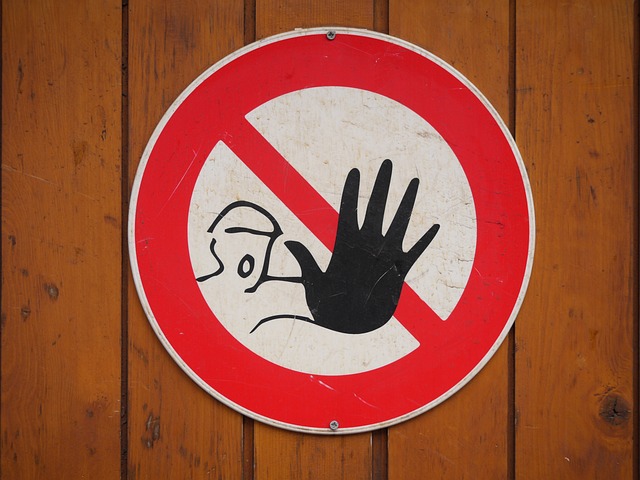The 4 KPI’s That Mean Life or Death in Sales
April 24, 2023
Sales representatives face immense pressure to achieve and surpass their sales targets. To stay ahead of the game, sales reps must adopt a data-driven approach, leveraging key performance indicators (KPIs) to track and measure their performance. Among the various KPIs available, four indicators stand out as crucial for sales reps: contact rate, sales cycle, close rate, and average contract value.
Let’s look at these four and understand why everything else your management team measures is just noise.
- Contact Rate: Opening Doors to Opportunities – The first KPI, contact rate, captures the effectiveness of outbound activities in generating responses from prospects. Maintaining a high contact rate is vital as it directly impacts the number of potential sales opportunities. By analyzing contact rates, sales reps gain insights into their outreach strategies’ effectiveness and can refine their approaches accordingly. A high contact rate indicates a sales rep has identified the right channels and methods to engage with prospects, increasing the likelihood of initiating meaningful sales conversations.
If your contact rate is low, get together with your marketing team, specifically the content team. Find out what they are seeing as the leading terms and phrases. Don’t have a content team? No problem. Reach out to your last four signings and speak to them about why they chose your solution and the results they have seen. Are you too new and don’t have a customer base to speak to? Ask longer-tenured reps if you can speak to their last four signings. Speak to your CEO or founder about what drove them to lead or start the business. - Sales Cycle: Streamlining the Path from Prospect to Customer – The sales cycle refers to the duration it takes for a prospect to convert into a customer. Understanding and reducing the sales cycle is crucial for sales reps as it directly impacts revenue generation, customer acquisition costs, and resource allocation. By analyzing the sales cycle, sales reps can identify bottlenecks and streamline their processes, ultimately increasing conversion rates. Furthermore, a shorter sales cycle ensures that sales reps can manage and close more deals within a given timeframe, resulting in greater overall productivity.
Many companies pull the “average sales cycle” directly from the CRM and accept that figure as gospel. They only revisit it if the number starts to increase. Increases can be caused by shifts in the market, competitive pressure, or the global economy. Instead of just accepting the number, think of where you go for days or weeks without interacting with your prospects. What can you say, do, or ask to shorten those windows? Need data from them? Ask to set up a meeting with the stakeholder who is responsible for the information. Sit with them while they get you the information. Do you get hung up in red lines on the contract or service agreement? Get the paperwork in front of the potential customer well in advance. Shorter sales cycles mean more flowing through your funnel. - Close Rate: Converting Opportunities into Customers – The close rate is a fundamental metric that measures the percentage of opportunities that successfully transition from the sales funnel to becoming customers. This KPI determines the effectiveness of a sales rep’s ability to convince and convert prospects into paying customers. Cultivating a high close rate reflects a sales rep’s proficiency in identifying and addressing prospects’ pain points, showcasing competitive advantages, and effectively communicating value propositions. By continuously tracking their close rate, sales reps can enhance their sales strategies, refine their messaging, and optimize their conversion processes.
The dreaded close rate. First, we have to agree on how the close rate is calculated. I’ve always seen it as the number of open, active sales opportunities divided into those that close during your sales cycle.
X open prospects / Y new customers signed in the last Z days (Z = sales cycle) = Close Rate
While you can make tweaks to your demo, your pitch, or your follow-up to make incremental increases in your close rate, this is a need-to-know so you know if your pipeline is large enough to exceed your minimum sales quota. - Average Contract Value: Unveiling Revenue Potential – The average contract value represents the average revenue generated by a customer over time. This KPI is essential for sales reps as it directly impacts revenue growth, profitability, and business scalability. By monitoring the average contract value, sales reps can identify and prioritize high-value customers, tailor their offerings to meet customer needs, and negotiate value-based pricing. Additionally, understanding the average contract value enables sales reps to forecast and plan their sales pipelines more accurately, ensuring long-term success.
Closing too many small deals will crush you with paperwork, onboarding, follow-up, etc. Chasing too many ultra-large opportunities will see your sales cycle elongate dramatically. Gain an understanding of what customers are of higher value and what customers are not. Chase targets accordingly.
To harness the full potential of these four essential KPIs, sales reps should adopt the following best practices:
- Accurate Data Collection: To rely on KPIs, sales reps must ensure accurate and consistent data collection. Using customer relationship management (CRM) systems or sales automation tools can simplify this process, providing real-time data insights.
- Regular Reporting and Analysis: Sales reps should analyze their KPIs regularly to identify trends, patterns, and areas for improvement. This enables data-driven decision-making, allowing reps to make strategic adjustments and optimize their overall performance.
- Goal Setting: Establishing clear and achievable goals aligned with KPIs is crucial. By setting specific targets for each KPI, sales reps can motivate themselves, track progress, and measure success effectively.
- Continuous Learning and Development: Staying updated with industry trends, sales techniques, and customer preferences is vital for sales reps. Continuous learning and development empower reps to adapt their strategies, improve their skills, and stay ahead of the competition.
Knowing and optimizing these four KPIs will put you on a path to sales superstardom. Believe me, your manager, VP, and CEO will want to look at a lot more data than this. That’s fine. The CRM you’re using, if set up correctly, will get them all the data they need. For you to put your sales career into overdrive, get to know and love the numbers, and NEVER stop looking at ways to improve them.



